
Can you stop a dog from jumping
Watching my neighbor’s golden retriever, Max, launch himself at every guest who walked through their door—paws on shoulders, tail wagging like a metronome
Bulldog puppies have jaws that feel like tiny vice grips—cute when they’re gnawing a toy, less so when they sink those needle-sharp teeth into your hand. That “playful” nipping might seem harmless now, but those jaws get stronger fast. Let’s turn those chomps into gentle kisses, the kind that keep everyone (including your favorite socks) intact.
First, understand why they bite. Puppies explore the world with their mouths, just like human babies grab everything. Bulldogs, with their strong jaws and stubborn streak, are especially enthusiastic about this. When they nip during play, they’re not being mean—they’re learning boundaries. Your job? Teach them what’s okay to bite (toys) and what’s not (fingers, furniture, the mailman’s ankle).
Here’s a trick that works: yelp. Not a loud scream, just a high-pitched “ow!” like another puppy would. Bulldogs are social creatures—this sound surprises them, making them pause. Then, immediately redirect to a chew toy. Praise them like crazy when they grab it instead. Do this every time, and they’ll connect nipping with play stopping, and toys with getting attention. Consistency is key—everyone in the house needs to use the same “ow” and redirect method.
Short sessions beat long ones with these pups. Bulldogs have short attention spans, so 5-minute training bits throughout the day work better than a 30-minute marathon. Try it after meals, when they’re full but not sleepy, or between naps. Keep a toy handy—those rubber Kongs stuffed with peanut butter (no xylitol!) are perfect for redirecting. Freezing them makes the fun last longer, tiring out their jaws in a good way.
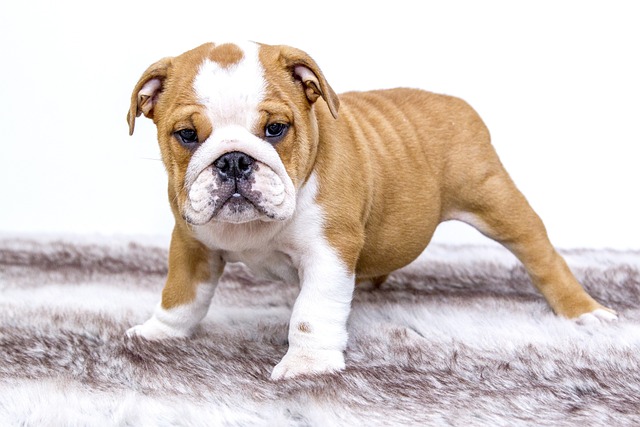 Socialization helps too. Letting them play with other vaccinated, gentle puppies teaches bite inhibition—they learn how hard is too hard when another pup yelps and walks away. Local puppy classes, often held at pet stores or vet clinics, are great for this. Just make sure the class uses positive reinforcement—no scolding or hitting, which can make bulldogs more stubborn (and no one wants that).
Socialization helps too. Letting them play with other vaccinated, gentle puppies teaches bite inhibition—they learn how hard is too hard when another pup yelps and walks away. Local puppy classes, often held at pet stores or vet clinics, are great for this. Just make sure the class uses positive reinforcement—no scolding or hitting, which can make bulldogs more stubborn (and no one wants that).
Avoid roughhousing with your hands. Wrestling or “tug-of-war” with bare hands confuses them—one minute you’re playing, the next you’re scolding for biting. Stick to ropes or stuffed toys for rough play. If they do clamp down, don’t yank your hand away—that triggers their prey drive, making them hold on tighter. Instead, gently push your hand toward their mouth (they’ll release to adjust), then pull free and offer a toy.
Be patient with teething. Around 4-6 months, their adult teeth come in, and they’ll chew to ease the pain. Keep cold washcloths or teething toys in the fridge—relieving that discomfort cuts down on random nipping. Never leave them unsupervised with shoes or cords; Bulldogs are pros at turning household items into chew toys, and ingesting bits can mean vet trips (and expensive ones at that).
Remember, bulldogs mature slowly—they might test boundaries longer than other breeds. Stay calm, even when they nip. Yelling excites them more, and physical punishment can make them fear you. Instead, walk away for 30 seconds when they bite too hard. They hate being ignored, and this teaches them that biting ends the fun.
Most areas have leash laws and public behavior expectations for dogs. A bulldog who doesn’t bite is a dog who gets to join you at outdoor cafes, farmers markets, and park outings. That’s the goal—happy, well-behaved pups who fit into every part of your life.

Watching my neighbor’s golden retriever, Max, launch himself at every guest who walked through their door—paws on shoulders, tail wagging like a metronome
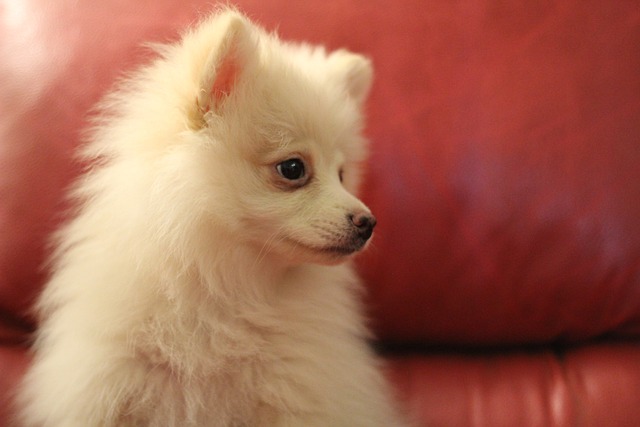
I sat with Maria in her Austin apartment last spring as her rescue German Shepherd, Max, paced nervously near his bed, hackles raised.
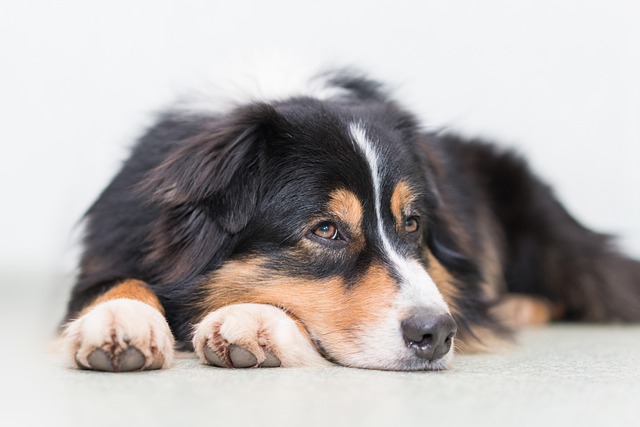
How long does it take to potty train a 4 month old puppy? Most vets and trainers agree you’re looking at roughly 4 to 6 weeks of consistent work, but don’t stress if your little one takes a bit longer.
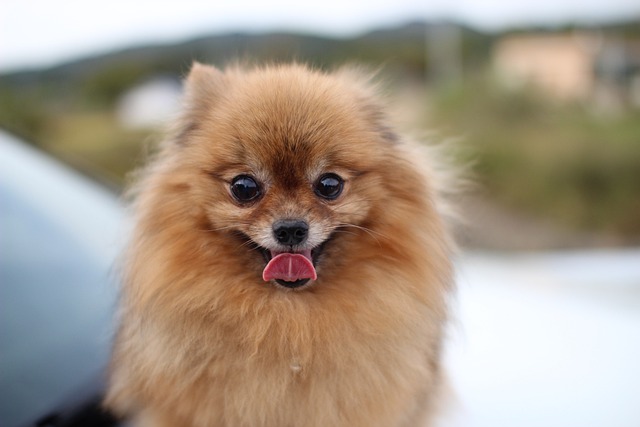
I was helping my friend Lily with her rescue pit bull, Rocky, last winter when he lunged suddenly, nipping her hand hard enough to leave a bruise.
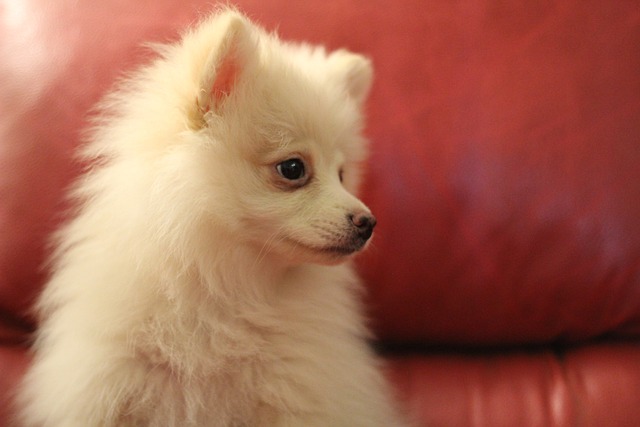
I sat across from Jamie in a Seattle coffee shop last month as she scrolled through her phone—3 missed texts from her apartment manager, all about her border collie
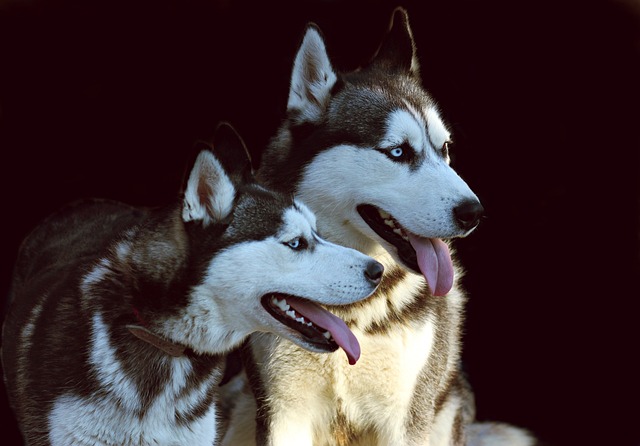
I jolted awake at 2 AM in my Chicago apartment, the sound of my neighbor’s terrier, Milo, barking nonstop through the walls. “Not again,” I groaned